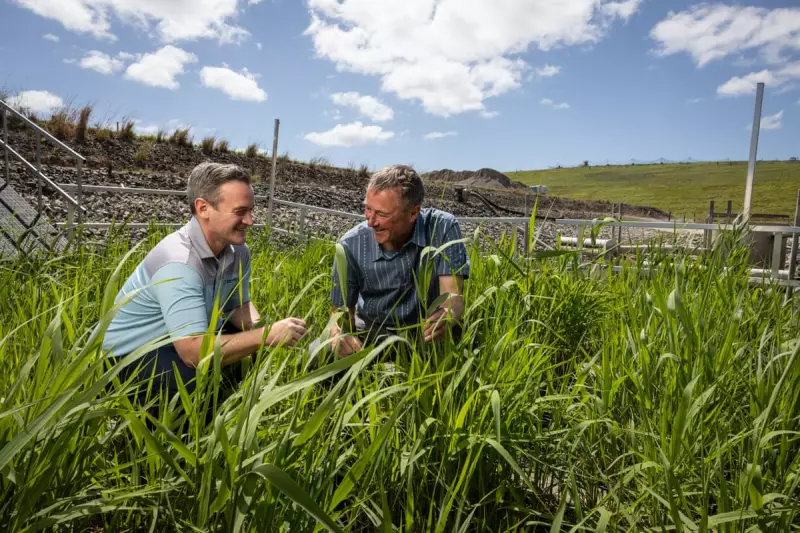
In a breakthrough that could revolutionise how we tackle water pollution worldwide, Australian researchers have developed innovative floating wetland technology that promises to clean contaminated waterways while saving billions in treatment costs.
The Natural Solution to a Global Problem
Scientists from Australia's leading research institutions have created sophisticated floating platforms that harness nature's own purification systems. These artificial wetlands, brimming with specially selected native plants, act as natural filtration systems that remove harmful pollutants from water bodies.
The technology represents a paradigm shift in water management, moving away from energy-intensive treatment plants towards sustainable, nature-based solutions that work with ecosystems rather than against them.
How Floating Wetlands Transform Polluted Waters
These remarkable structures function through multiple natural processes:
- Biological filtration: Plant roots provide massive surface areas for beneficial bacteria that break down contaminants
- Nutrient absorption: Specially chosen plants consume excess nitrogen and phosphorus that would otherwise cause algal blooms
- Sediment trapping: The root systems capture suspended particles, clearing murky waters
- Toxin removal: Certain plant species can absorb heavy metals and industrial pollutants
Global Impact and Economic Benefits
Early trials have demonstrated staggering potential. Research indicates that widespread implementation could save governments and industries billions of dollars annually in water treatment expenses while delivering superior environmental outcomes.
The scalability of this technology makes it particularly exciting, with applications ranging from small rural communities dealing with agricultural runoff to major cities addressing urban water pollution.
Beyond Clean Water: Additional Ecosystem Benefits
These floating habitats deliver value far beyond water purification:
- Creating new habitats for fish, insects and bird species
- Enhancing biodiversity in degraded waterways
- Improving aesthetic value of urban water features
- Providing natural cooling through evapotranspiration
As water quality crises intensify globally due to industrial pollution, agricultural runoff and urban development, this Australian innovation offers a timely, cost-effective solution that could help restore the health of rivers, lakes and reservoirs worldwide.
The research team is now collaborating with international partners to adapt the technology for different climates and pollution challenges, bringing us closer to a future where clean water is accessible to all through sustainable, nature-inspired solutions.





